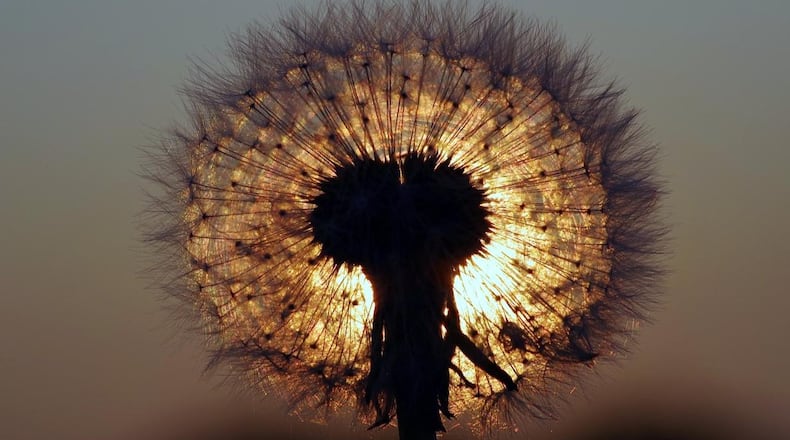Your desk lamp is not the only way to light the room. Plants can do it, too, according to a new report.
Researchers from the Massachusetts Institute of Technology recently conducted an experiment, published in the Nano Letters journal, to determine how plants can be a source of electricity.
To do so, they used luciferase, the enzyme that gives fireflies their glow. It acts as a molecule called luciferin, which causes light to emit. They also looked to co-enzyme A, another molecule that helps move the lighting process along by blocking reactions that inhibit luciferase activity.
They then submerged kale, arugula, spinach and watercress into luciferase and then luciferin and co-enzyme A. After applying pressure, they were able to make the plants glow for about 45 minutes. But by the time the paper was posted, they were able to keep them lit for up to three-and-a-half hours.
The watercress had the strongest reaction. Scientists compared the brightness to half of a one-microwatt LED light.
"The vision is to make a plant that will function as a desk lamp — a lamp that you don't have to plug in. The light is ultimately powered by the energy metabolism of the plant itself," coauthor Michael Strano said in a statement. "Our target is to perform one treatment when the plant is a seedling or a mature plant, and have it last for the lifetime of the plant."
This isn’t the first time the team has experimented with shrubs. The researchers previously designed plants that can detect explosives and communicate that information to a smartphone. They also created plants that can monitor drought conditions.
And they are excited about their most recent findings.
"Our work very seriously opens up the doorway to streetlamps that are nothing but treated trees, and to indirect lighting around homes," Strano said. "Plants can self-repair, they have their own energy, and they are already adapted to the outdoor environment. We think this is an idea whose time has come. It's a perfect problem for plant nanobionics."
About the Author
Keep Reading
The Latest
Featured


